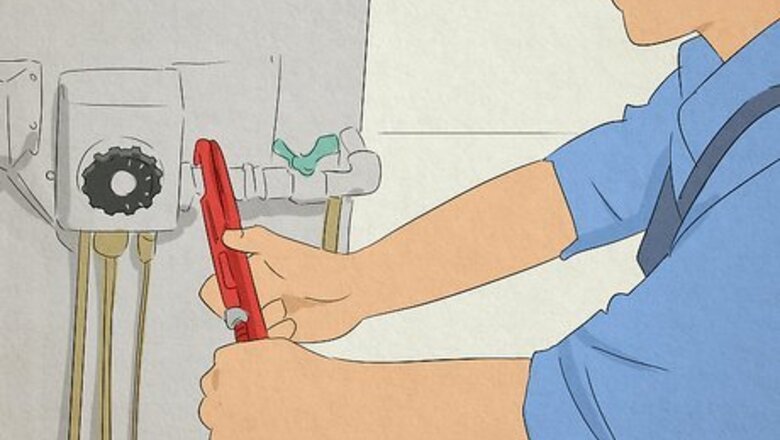
views
What does a gas fitter do?
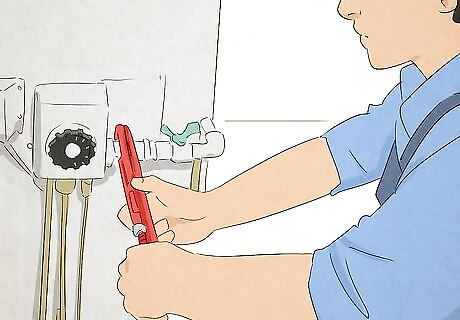
A gas fitter installs natural gas pipes and service lines. You'll drive to the job site and follow blueprints to hook up gas lines for the building. This means you'll cut pipes, fit them together, and join sockets and valves so the gas system is completely closed and secure. You'll need to test the job and keep paperwork to document what you did. Some gas fitters inspect and repair existing pipe systems although some states require extra training for this.
What qualifications and skills do gas fitters need?
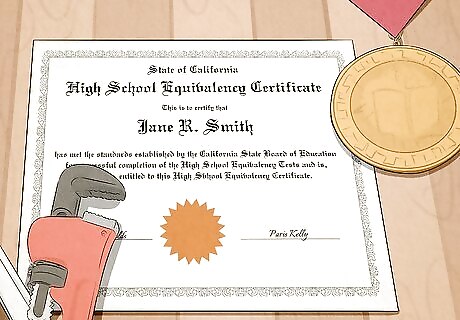
You must be at least 18 and have a high school degree. Although the qualifications are different for each state, you need a high school degree in order to train as a gas fitter. Some states allow you to have a GED or high-school equivalent if you don't have a traditional high school degree. It's also important to learn your state's gas fitting requirements since some don't allow people with criminal convictions to train. You'll probably need your driver's license, too, since you'll most likely be driving to job sites.

Gas fitters need mechanical, communication, and troubleshooting skills. If you love working with drills, saws, and welding torches, you're on the right track! Gas fitting is a physically demanding job and you need to be skilled in pipe systems—cutting pipes, installing, and repairing them. If you'd like to learn these skills before an apprenticeship, take courses at a vocational-technical school. Since you'll be working with customers, you also need good communication skills—take the time to listen and ask for feedback when you work with others. You can take vocational-technical courses online or check your community for vocational-technical schools. Community colleges may also offer courses that teach you skills you need for gas fitting. Communication skills are especially important if you choose to work as an independent gas fitter. You'll need to give bids on jobs, set up work schedules, and direct your staff.
What education and training do you need to be a gas fitter?
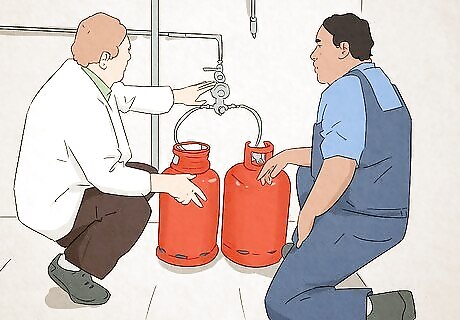
Complete an apprenticeship with a gas company. Check online for local companies and call them to find out if they're accepting apprentices. Some may even list this information on their website. If accepted, you'll get around 2,000 hours of paid on-the-job training each year for 4 to 5 years. You'll also get instruction from the company on safety, regulations, and how to study blueprints. Some gas companies work with vocational schools where you'll learn the technical side as well as math, applied physics, and chemistry. Ask questions while you're working as an apprentice since this is the best way to pick up skills and training.

Take additional courses at a vocational-technical school. Check your state's education requirements since they vary. Your state might require that you complete coursework on safety and gas delivery, pipe design, using welding tools, or composing work reports, for instance. In some cases, your state will let you learn this as part of your apprenticeship, but it's a good idea to check state requirements first. Courses on gas fitting can take 1 to 3 years to complete.
How do I get certified as a gas fitter?
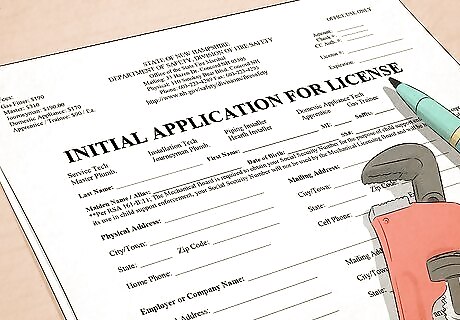
Determine your state's requirements and fill out an application. Check the online certification portal for your state or country—this is usually a government-operated website. You'll fill out an application for a journeyman gas fitter's license. This includes your training information and educational background. Some state applications will ask you to submit documentation like your grades.

Pass a state-qualifying test. The name of the licensing test is different everywhere. Some regions run the test through a government agency while others administer them through private companies. You'll need to pay a fee that's usually around $116 and you'll have 2 1/2 hours to take the multiple-choice exam online or at an in-person testing location. Once you pass, the state will issue your gas fitting license. The test covers topics like hydronics, air conditioning, mathematics, welding, tools, and safety. To pass the test, you need to get a grade of 75% or higher. You can re-take the test if you don't pass, but you'll have to pay the test fee again.
How much do gas fitters make?

The median annual income for gas fitters in 2020 was $56,330. This works out to be around $27.08 an hour, although apprentice gas fitters usually don't make as much as experienced full-time gas fitters. The lowest 10% of earners made less than $33,460 while the top 10% of earners made more than $98,990.
How do I land a gas fitting job?
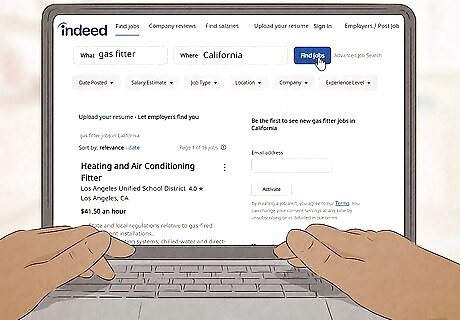
Apply for a position at utility companies or contracting firms. Start by asking the company that oversaw your apprenticeship if they’d be interested in hiring you on full-time. If they don’t have any positions open, look online or call local gas companies to find opportunities. Submit your resume and credentials to apply. The Bureau of Labor Statistics expects the demand for gas fitters to grow by 4% over the next 10 years. The utility company may ask you to fill out an online application. If they do, give them a call within a few days to check-in and see about an interview. This shows that you're interested in the position.
What are the typical working hours of a gas fitter?
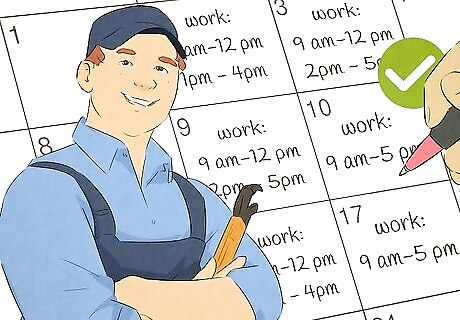
You'll probably work standard full-time hours. Some gas fitters also work nights and weekends, so you'll need to work out your schedule with your employer. Gas fitters are also on call to respond to emergencies. If you're a self-employed gas fitter, you can set your own hours.




















Comments
0 comment